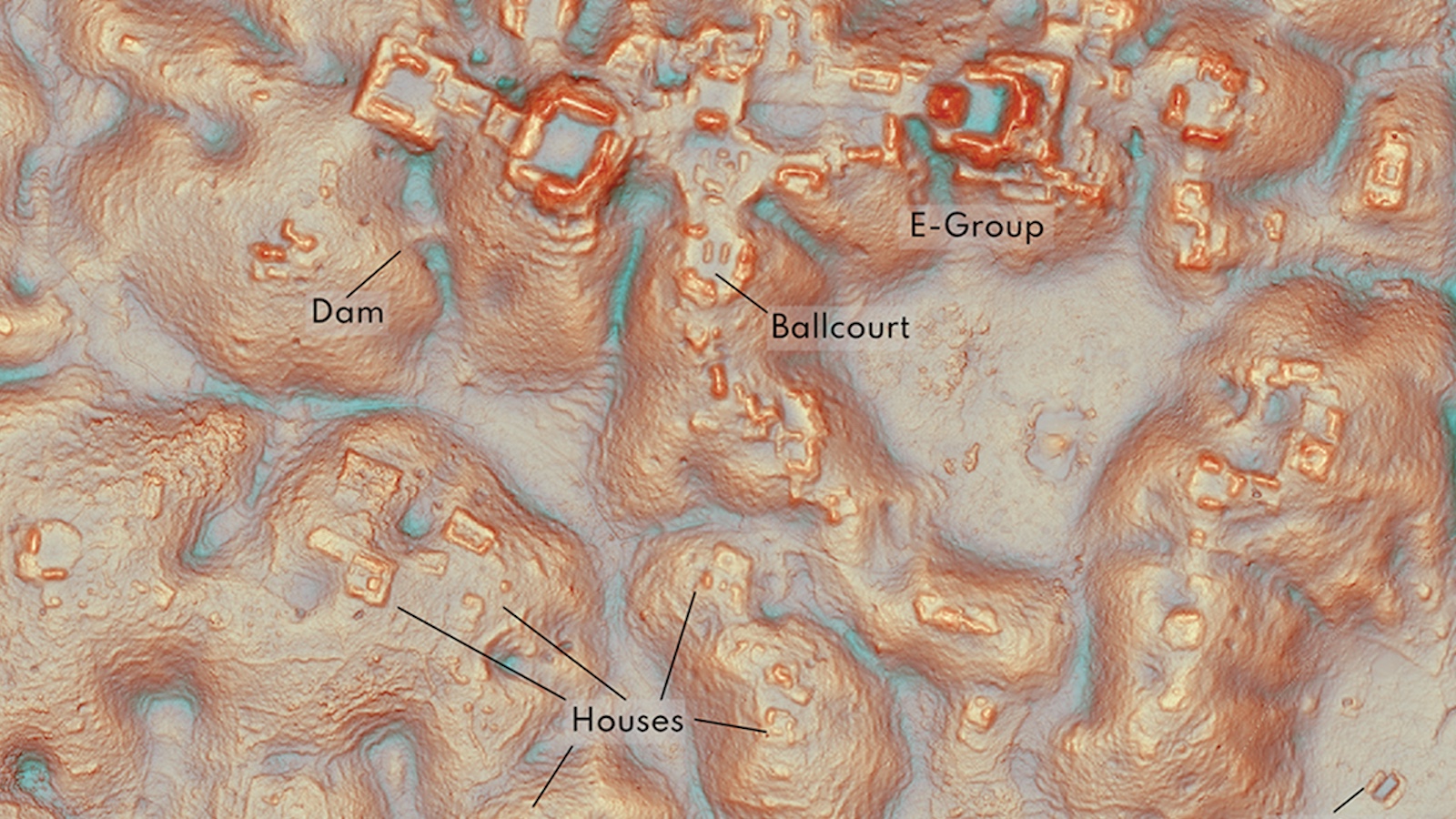Has the Robot Uprising Already Happened?

Ask most people to describe a “robot,” and they’d probably start to describe something vaguely human-looking, maybe something a little metallic or shiny with limbs. Something like the Roboy. Or WALL-E. Or a robot factory worker in Detroit. Maybe, if someone’s being really creative, you might get an answer like the “Roomba” or something else that’s not even close to being anthropomorphic. And that’s why we’ve completely missed the first stage of the robot uprising – the robots of tomorrow will look nothing like humans. They will be swarming mini-bots that constantly change shapes, they will be robotic snakes, or they will be nanobots so small the naked eye can’t even see them.
Not convinced? Just ask Vinton G. Cerf, Google’s Internet evangelist and one of the co-inventors of the modern Internet, who recently asked, “What’s a robot?” In a one-page essay, Cerf proceeds to argue that we’ve lost sight of what a robot really is. We’re still thinking of robots in terms of the original Rossum’s Universal Robots from 1920’s Czechoslovakian science fiction writer Karel Čapek. And that concept of the robot has guided us for nearly a century through the Uncanny Valley of artificial intelligence to the humanoid Roboy of tomorrow.
Yet, according to Cerf, even something like a software program could be rightly considered a robot: “I would like to posit, however, that the notion of robot could usefully be expanded to include programs that perform functions, ingest input and produce output that has a perceptible effect.” For example, take the high-frequency stock trading programs on Wall Street, capable of executing millions of trades per minute. Or, take the software systems that control the nation’s grids, or even a home heating system that controls the temperature of your house. Aren’t these, Cerf asks, just another form of “robot”?
And it’s not just Vint Cerf who’s re-thinking the notion of “robot.” Ray Kurzweil has been one of the biggest proponent of something he often refers to as nanobots – small, invasive bots that travel through our human body, carrying out mini-operations to keep us healthier: “Within a couple of decades, we will have “nanobots” in our blood stream, basically small robots the size of blood cells, that will keep us healthy at the cellular and molecular level… These devices will be a billion times more powerful than they are today in 25 years, and will continue the accelerating path to radical life extension.” Sound crazy? Well, one of the innovations unveiled at this year’s Davos event in Switzerland was the surgical snake robot – a surgical robot that slithers through the human body making repairs without the need for open surgery.
Kurzweil has also described the “utility fog” – swarms of nano-particles coordinating their actions with each other and capable of changing their shape on the fly:
“Nanotechnology is based on the concept of tiny, self-replicating robots. The Utility Fog is a very simple extension of the idea: Suppose, instead of building the object you want atom by atom, the tiny robots linked their arms together to form a solid mass in the shape of the object you wanted? Then, when you got tired of that avant-garde coffeetable, the robots could simply shift around a little and you’d have an elegant Queen Anne piece instead.”
What is this, if not a version of the robot quorum sensing that thrilled audiences at TED? Imagine swarms of mini robots, flying around and coordinating actions together. At the TED 2012 event, these small, agile robots even managed to swarm together while playing the James Bond theme song.
As Edgar Allan Poe once wrote, the best place to hide something is right in plain sight. In this case, the robots have been hiding right in front of us – they’ve just been too small to notice. They are inside our computers, they are inside our houses, and soon, they will even be inside our bodies. They control our grids, they control our financial markets, and soon, they will control our health. That’s right, while we were renting WALL-E for the nth time on Netflix, we completely missed the real robot uprising.
image: Robot Toys / Shutterstock





